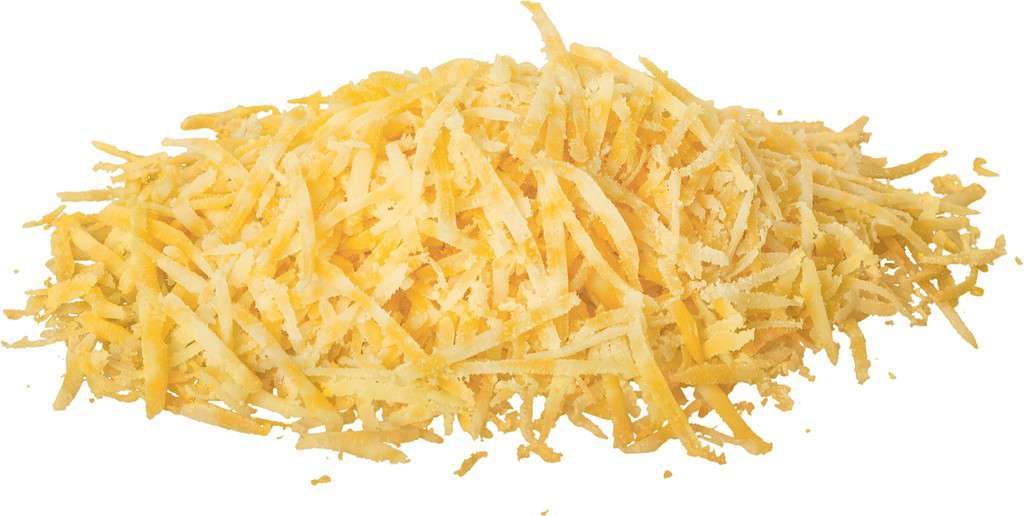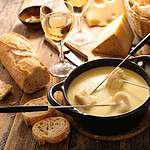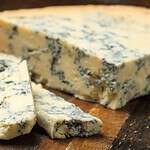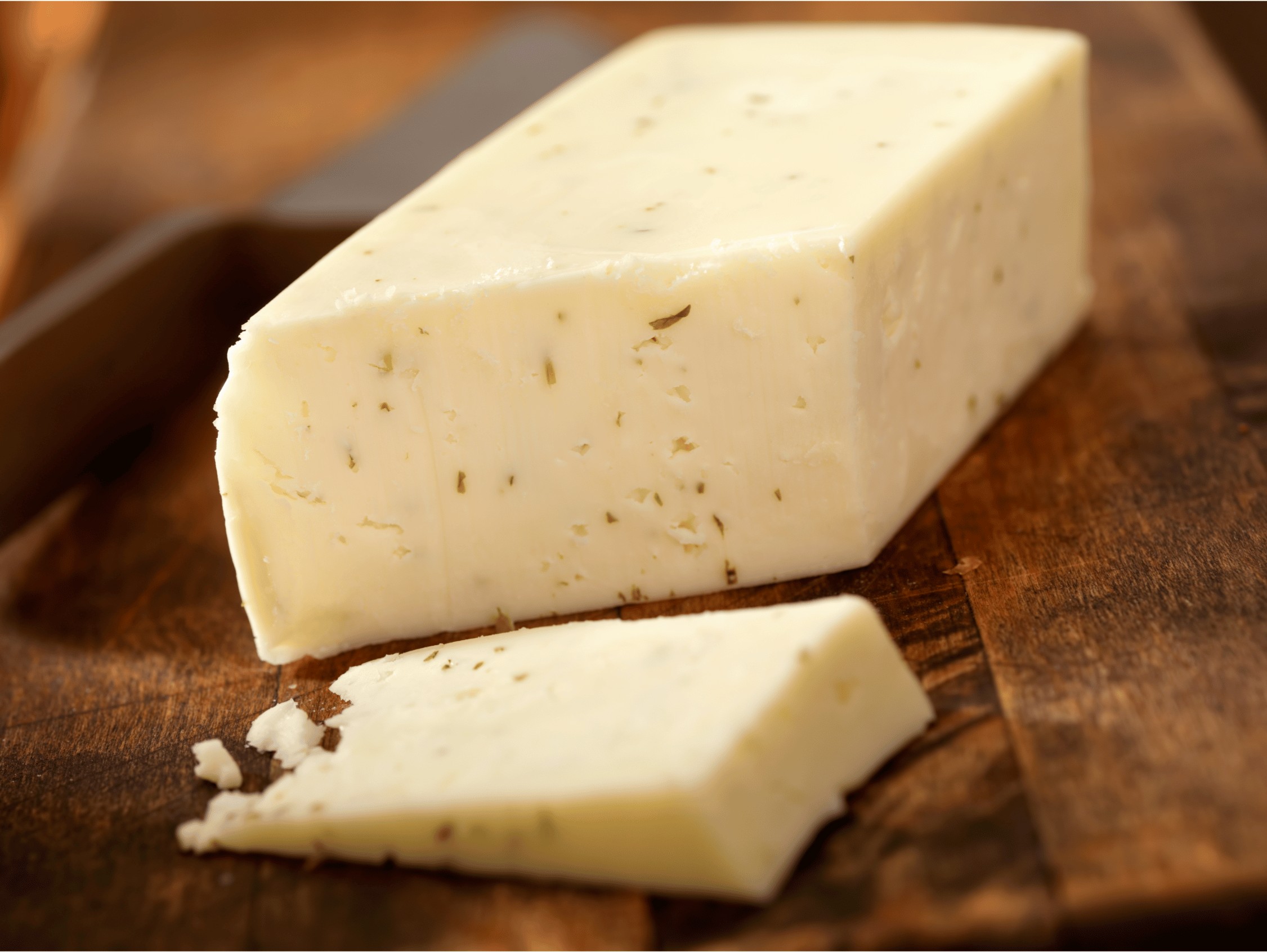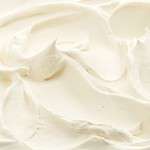Grating cheese can seem like a straightforward task reserved for those with a cheese grater at hand, but what happens when you’re in the middle of cooking and realize you don’t have one? It might seem like a minor hiccup, but it’s one that many of us encounter. Fear not, as there are numerous ways to achieve the same result without the conventional tool. In our kitchens, creativity becomes as essential as the recipe, especially when we’re aiming to achieve a particular texture or form with our ingredients.

Cheese, in all its varieties, lends itself to a plethora of culinary applications, from garnishing to acting as a key ingredient in a dish. Each type of cheese behaves differently due to its unique texture and hardness, which means that our approach to grating it without a grater needs to be adaptable. Fortunately, we possess everyday kitchen tools that can stand in as suitable substitutes for a grater, ensuring our meal preparation never skips a beat.
Key Takeaways
- Various methods exist to grate cheese even without a traditional cheese grater.
- The type of cheese determines the most effective alternative grating technique.
- Everyday kitchen tools can successfully replace a cheese grater when needed.
Understanding Different Types of Cheese

Before we dive into grating techniques, it’s crucial to understand the variety of cheeses and their characteristics, as well as how to choose the best ones for grating.
Characteristics of Various Cheeses
When discussing the texture and grating potential of cheese, we categorize them based on hardness. Hard cheeses like Parmesan are dry and crumbly, making them excellent for fine grating. Semi-hard cheeses, such as Cheddar and Monterey Jack, possess a firmer texture that holds up well to grating but requires a bit more effort. On the other hand, soft cheeses—consider Mozzarella as an example—are often too moist and sticky for traditional grating methods.
- Hard Cheese:
- Parmesan: Dry, crumbly, ages well, ideal for fine grating.
- Semi-Hard Cheese:
- Cheddar: Firm but slightly springy, ages varyingly, good for coarser grating.
- Monterey Jack: Smooth, mellow, melts well, suitable for grating when chilled.
- Soft Cheese:
- Mozzarella: High moisture, melts into a stretchy consistency, challenging to grate.
Selecting the Right Cheese for Grating
In choosing cheese for grating without a traditional grater, aim for firmer cheeses. Parmesan and Cheddar are excellent choices due to their ability to crumble and shred easily. However, softer varieties like Mozzarella can be frozen for a short period to harden its texture, making it more grating-friendly.
- Hard Cheese Selection: Opt for aged Parmesan for its ease of grating.
- Semi-Hard Cheese Selection: Choose younger Cheddar for milder flavor or aged for sharper notes; both grate well.
- Soft Cheese Consideration: Freeze Mozzarella briefly to firm it up for easier shredding.
Preparing the Cheese for Grating

Before we begin grating, it’s essential that we prepare the cheese properly to ensure a smooth process. We’ll focus on cutting the cheese into manageable pieces and chilling it for easier grating.
Cutting the Cheese into Manageable Pieces
For effective hand-grating, we start by cutting the cheese block into smaller sections. This provides us with pieces that are easy to hold and maneuver during the grating process. Aim for chunks that are large enough to hold safely but small enough that they aren’t unwieldy.
- Place the cheese block on a stable cutting surface.
- Using a sharp knife, cut the block into pieces that can easily fit in your hand.
Chilling Cheese for Easier Grating
Cold cheese tends to be firmer, making it less likely to crumble or become mushy while we grate it. For most cheeses, a bit of time in the freezer serves to firm it up just enough.
- Days in advance, store your cheese in the coldest part of the refrigerator.
- Before grating, place the cheese in the freezer for about 20-30 minutes.
By following these steps, we’ll have a cheese block that’s prepped and primed for grating without the use of a traditional grater.
Grating Techniques Without a Grater
When we don’t have a grater at hand, we can still prepare cheese for our recipes with a few kitchen tools. Our focus here is on precision and safety to achieve the best grated cheese alternative.
Using a Knife for Slicing Cheese
To replace a cheese grater, we can use a sharp knife and a cutting board. Holding the cheese firmly, we slice it thinly to mimic grated cheese. This method requires a steady hand and patience to ensure even pieces.
Creating Cheese Strips with a Vegetable Peeler
A vegetable peeler can create cheese strips similar to grated cheese. We glide the peeler along the edge of the cheese block, applying gentle pressure to produce thin shavings. The peeler’s blades should be sharp for smoother operation.
Shaving Cheese with a Kitchen Knife
Using a kitchen knife, we can carefully shave off thin slices of cheese. A sharp knife is crucial for control and safety. This technique yields delicate shavings ideal for melting or garnishing.
Utilizing a Food Processor for Quick Grating
We can achieve quick and consistent results by using a food processor with a shredding disk or attachment. We cut the cheese into sizes that fit the feed tube, secure the lid, and use the pulse function for controlled shredding.
Grating with a Zester or Microplane
For fine cheese shavings, a zester or microplane stands as a useful tool. We run the cheese gently across the surface, taking care not to press too hard. This method is perfect for hard cheeses and ensures finely grated texture.
Alternative Tools and Hacks

When a cheese grater is not available, we can still create finely shredded cheese using a few innovative methods and common kitchen utensils. By understanding how to repurpose or substitute tools, we ensure cheese grating is still achievable.
Repurposing a Mandoline or Mandolin
Mandolines: While primarily used for slicing vegetables, a mandoline can be an effective cheese grater alternative. To use, adjust the blade to the desired thickness and run the cheese block over the surface with caution to achieve thin slices. Safety Guard Use: It’s crucial to use the mandoline’s safety guard to protect our fingers from sharp blades.
Crafting a DIY Grating Plate
DIY Grating Plate: With a metal plate or a flat cheese slicer, we can mimic a traditional box grater’s surface. A clean metal tool with raised edges, like a sugar zester or a metal biscuit cutter, can be used to rub the cheese against, producing small grates. Ensuring Cleanliness: Before grating, ensure the tool is thoroughly cleaned to maintain food safety.
Choosing Cheese Slicers and Choppers
Cheese Slicers: These tools, often equipped with a thin wire or sharp blade, can cut semi-hard cheeses into thin, grate-like pieces if used skilfully. Vegetable Choppers: Some vegetable choppers come with grater attachments or interchangeable blades suited for cheese. Using these attachments ensures an even and consistent grate.
Serving and Storing Grated Cheese
Once we’ve grated our cheese without a grater, it’s important to consider how to properly serve and store it to maintain its quality and flavor.
Best Practices for Freshly Grated Cheese
When serving freshly grated cheese, we want to ensure that it retains its texture and taste. Using cheese shortly after grating it is ideal since it will be at its peak flavor. To keep it fresh until served, cover it lightly with plastic wrap or a clean cloth and keep it at room temperature if we’ll be using it within a short period, such as during a meal.
Storing Grated Cheese
For storing grated cheese, the refrigerator is our best option to prolong its shelf life. Follow these steps to store it properly:
- Place the cheese in an airtight container or a resealable plastic bag.
- If possible, squeeze out the excess air to minimize oxidation.
- For an extra barrier, wrap the cheese in parchment paper before placing it in a container or bag.
- Label the container with the date, so we know when we grated it.
By refrigerating our cheese, we can prevent the growth of harmful bacteria and avoid the need for preservatives.
Using Grated Cheese in Recipes
Incorporating grated cheese into our recipes can enhance both flavor and texture. Consider these points when using it:
- When adding grated cheese to a recipe that requires melted cheese, add it toward the end of the cooking process to prevent it from becoming rubbery.
- Shredded cheese integrates well with casseroles, soups, and sauces, where it can evenly distribute and melt.
- For salads or toppings, use the cheese within a few days of grating for the best flavor profile before it dries out or changes texture.
By following these simple guidelines, we ensure that the grated cheese we worked hard to prepare will contribute positively to the dishes we create.
Additional Food Preparations

Before we explore specific techniques, it’s important to understand that grating isn’t limited to cheese—vegetables can also be prepared in this manner to enhance a variety of dishes, and incorporating herbs and spices into cheeses can elevate their flavor profile.
Grating Vegetables for Diverse Dishes
When preparing dishes that call for grated ingredients, vegetables like carrots and zucchini are excellent alternatives. For instance, carrots can be sliced into thin matchstick carrots using a knife if a box grater is not available. This method is great for adding texture to salads and slaws. Similarly, zucchini can be cut into small cheese strips or cubes—these shapes work wonderfully in stir-fries or as a filler in grilled cheese sandwiches.
Carrots:
- Slice thinly for matchstick carrots.
- Ideal for salads and coleslaws.
Zucchini:
- Cut into strips or cubes.
- Suitable for stir-fries, wraps, and grilled cheese.
Incorporating Herbs and Spices into Cheeses
Enhancing cheeses with herbs and spices can transform a simple meal into a gourmet experience. To infuse herbs into cheese without a grater, finely chop your selected herbs and mix them with small cheese cubes. This technique can be used to craft a custom blend that’s perfect as a standalone snack or as a filling in various dishes.
- Herbs and Spices:
- Chop finely and mix with cheese cubes.
- Create unique flavors for snacking or cooking.
Tips for a Better Grating Experience
In this section, we’ll demonstrate how to ensure safety and achieve the desired consistency and texture when grating cheese without a traditional grater.
Maintaining Safety While Grating
When grating cheese without a grater, we must be cautious to prevent any injuries. Kitchen tools like regular blades can be sharp and dangerous if not handled properly. To stay safe, we always use a cutting board to provide a stable surface. We also keep our fingers away from the blade’s edge and use a fork or the end of a spatula to hold the cheese steady. This reduces the risk of slipping and potential cuts.
Optimizing Consistency and Texture
For an optimal grating experience, achieving a medium shred is often our goal for texture. We find that using a regular blade from a food processor or a sharp knife can mimic the effect of a grater. We cut thin slices and then dice them into smaller pieces to approximate the size of a medium shred. A quick spray with cooking spray on the blade can prevent sticking and make the slicing smoother. Maintaining even pressure and cutting uniform pieces is our trick to ensure each piece of cheese melts consistently when cooked.
Frequently Asked Questions
In this section, we’ll answer common questions about how to grate cheese without a traditional grater, offering simple and practical alternatives.
What are some effective methods for grating cheese when I don’t own a grater?
If you don’t have a grater, you can use a sharp knife to slice the cheese into thin shavings, a vegetable peeler for wide, flat strips, or a zester for fine, grated pieces.
Can I use a food processor to grate cheese, and if so, how?
Yes, a food processor can quickly grate cheese. Simply cut the cheese into chunks that fit the feed tube, press it down using the pusher, and pulse with the grating disc attached until you reach the desired size.
Is it possible to grate cheese with a fork, and what’s the technique?
You can grate cheese with a fork by firmly dragging the cheese block across the fork tines, carving out small, thin strips of cheese.
How do I prevent cheese from sticking when I grate it?
To prevent sticking, chill the cheese before grating, and if necessary, lightly coat the cheese or the tool you’re using with a bit of cooking spray or flour.
What household items can be improvised to grate cheese in the absence of a grater?
Some household items that can be improvised include using a mandoline slicer, a rough-edged surface of a clean and unused porcelain plate, or a sharp kitchen knife to thinly slice or shave the cheese.
Could a blender like the Ninja Blender be used to shred cheese, and what are the steps?
A powerful blender like the Ninja Blender can be used to shred cheese. Freeze the cheese slightly, cut into small pieces, and use short pulses to avoid over-processing.

